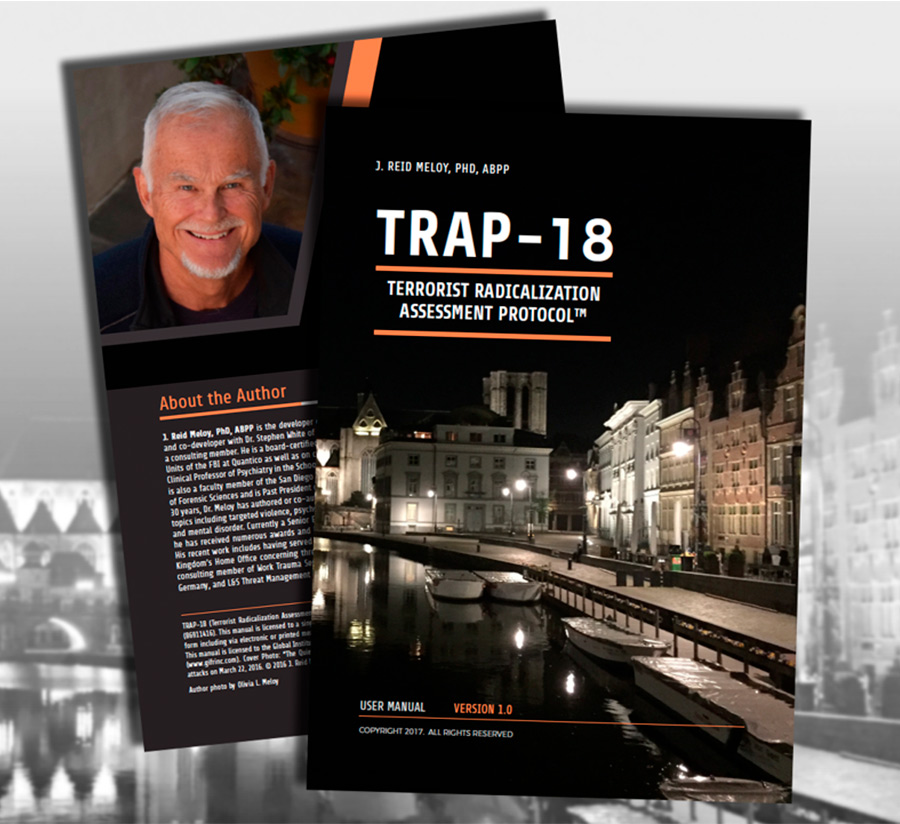Article
Dr. Reid Meloy
Terrorism, specifically lone-actor terrorism, is considered a major national security threat across North America, Australia and Europe. Both the public and private sectors share concerns about this issue, as data indicate lone actors present the most significant risk for a domestic terrorist attack.
The biggest challenge in mitigating this threat of targeted violence lies in the fact that radicalization and the progression toward violence can largely occur online. This means that the process can be quite difficult to detect, especially in the early stages of research and planning for an attack.
Organizations need to develop capacities for both online and on-the-ground intelligence gathering when concerning individuals and behaviors are identified.
In this process, it is crucial to respect privacy rights and constitutional protections inherently entrusted to individuals in functioning democracies.
However, it is also important not to overestimate privacy rights, recognizing that the abundance of open-source intelligence on the internet renders it easily accessible, and that imminent risk of violence typically subsumes privacy rights in most legal situations.

Leveraging Emerging Trends to Counter Targeted Violence
The origin and function of the Terrorist Radicalization Assessment Protocol-18 ™ (TRAP-18)
One of our most recent validation efforts was a time sequencing study of 125 lone-actor terrorists, which we did in conjunction with our research colleagues at University College London.
In this research we were able to map the TRAP-18 indicators and show the order in which they are likely to appear in a terrorism case. For example, we know that fixation (preoccupation with a cause) typically precedes identification (seeing oneself as a soldier for the cause). The latter indicator is a powerful predictor of increased risk in a case. In other studies, we have shown how last resort warning behavior – a violent action/time imperative – is a predictor of high risk in terrorism cases.
For more information about TRAP-18, get in touch with MHS at: [email protected]

Dr. J. Reid Meloy is a board-certified forensic psychologist and has been a consultant to the FBI’s Behavioral Analysis Unit for the past two decades. He has been consulting, researching, teaching and writing about personality disorder, psychopathy, stalking, narcissism, criminality, mental disorder, and targeted violence for the past thirty years. Dr. Meloy is co-editor with Dr. Jens Hoffmann of the International Handbook of Threat Assessment (Oxford University Press), which won the Manfred Guttmacher Award from the American Psychiatric Association in 2022. Dr. Meloy is the author of MHS’ Terrorist Radicalization Assessment Protocol-18 ™.



